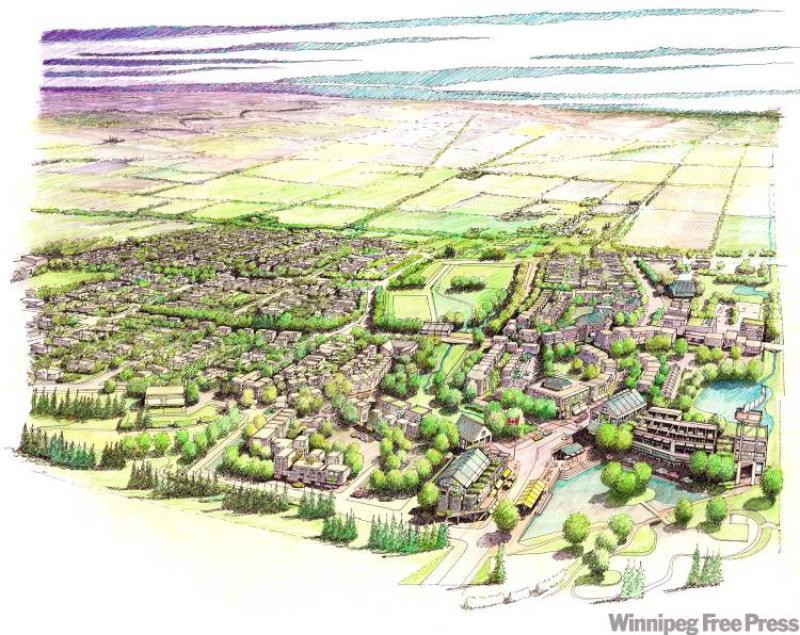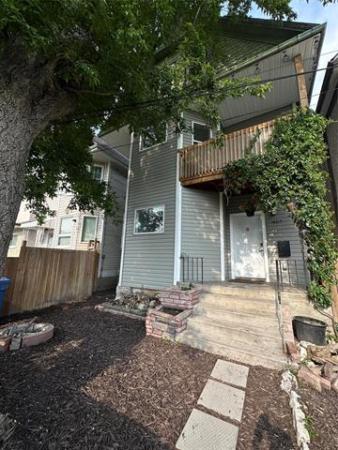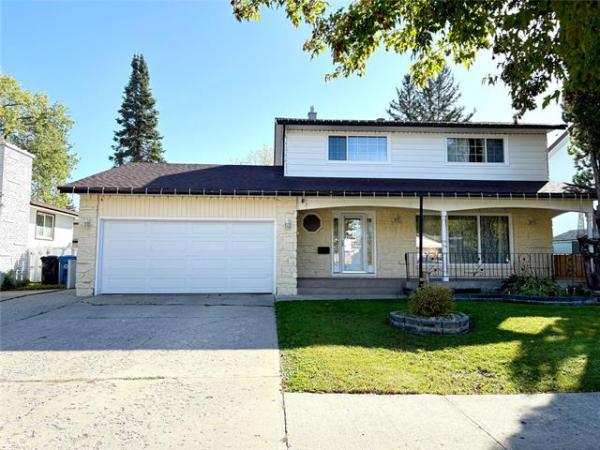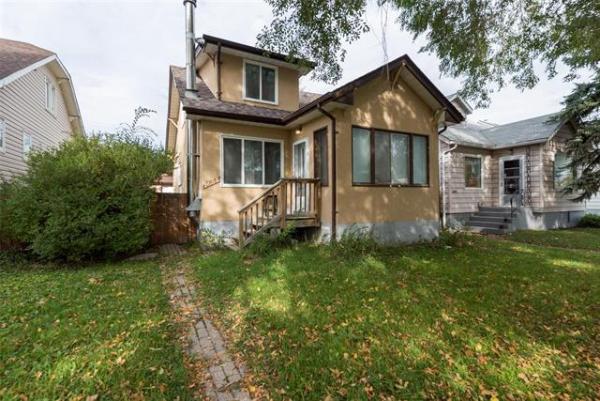I think everyone pretty much agrees it's a good thing to try and live greener and put less stress on the environment. We recycle. We think about eating locally grown foods, we buy energy-efficient cars and appliances and we try to reduce our carbon footprint.
I believe we should also build more sustainably. I'm always talking about using green building materials and products in your home renovations. It's the smart thing to do.
But we should go a step further and build entire communities with an eye to sustainability. A greener house in a conventional suburb is a good thing. But an entire development of green houses, designed and built with a sustainable vision and infrastructure, is a great thing.
A green community is livable and walkable. It has green space, schools and shops within walking distance from your home. You want to live in a home where you can walk or bike safely to where you need to go. And that is also better for your health. It's also more human and livable when you're out in the street engaging with other people, instead of driving everywhere in your car.
It saves money on cars, and it saves the environment, by helping reduce automobile emissions. That saves on the cost of gas and prolongs the life of your vehicle. Vehicle emissions create poor air quality, such as on those days in the year when there are warnings to stay inside, which affects people with breathing challenges. And, they are the largest contributor to greenhouse-gas emissions -- and that affects all of us. Maybe your family will need only one car instead of two, and that can save you money, too.
You can also grow old in the community without having to downsize and move. If your community is planned to be walkable, and all the shops and services are nearby, you can continue to live in your home, even though you may find one day when you are elderly and unable to maintain a car or drive. The doctor's office, the park and grocery store are all still within walking distance.
A green community is mixed-use. It's planned with a combination of retail and commercial, as well as different types of houses to suit different people: single-family residential, townhouses and multi-family. With stores and offices incorporated into the community design, there's an economic benefit. Travel time is reduced when the community is not just a bedroom for a nearby city.
It's also high-density. If a community is planned for denser development, it's not as spread out, and that preserves the rural areas and natural countryside, which is a haven for wildlife. Think of the thousands of suburbs sprawling across this country, creeping out from the cities and eating up our landscapes. Higher density means more green space.
A lot of people get upset at the idea of higher-density developments. They resist it. It might be because we're used to the idea of large suburban lots, such as the kind that spread across North America over the past 50 years or so. We've got a big country -- lots of room to spread out, so why not use it?
But there are lots of good reasons to build communities with higher densities. It cuts down on urban sprawl. And in the end, it preserves our natural spaces. It saves money, too; less is spent on infrastructure.
The cost to service single detached homes in a sprawling conventional suburb is much higher than in compact, high-density communities. The sewage and water supplies, the roads, the street lighting -- all the way down to the garbage pickup, snow removal and road maintenance and public transit -- are more cost-efficient to build and operate in a high-density development.
My vision of a green community reduces water use, manages stormwater properly, takes advantage of alternative energy sources and microgeneration. Its residents live in smart homes where they are able to monitor and manage their energy use intelligently and efficiently. Homes, stores and offices are built with superior building envelopes and more efficient appliances that reduce energy use, and they are designed with products that ensure high-quality indoor air.
If all of our new developments are intelligently designed to be livable, walkable and high-density, we'll reduce our impact on the environment. I think we can have an improved quality of life in those communities. And I believe we'll be able to make a lasting difference that stretches beyond them.
-- Postmedia News
Catch Mike in his new series, Holmes Inspection, airing Thursdays at 7 p.m. CT on HGTV. For more information, visit www.hgtv.ca. For more information on home renovations, visit makeitright.ca.




